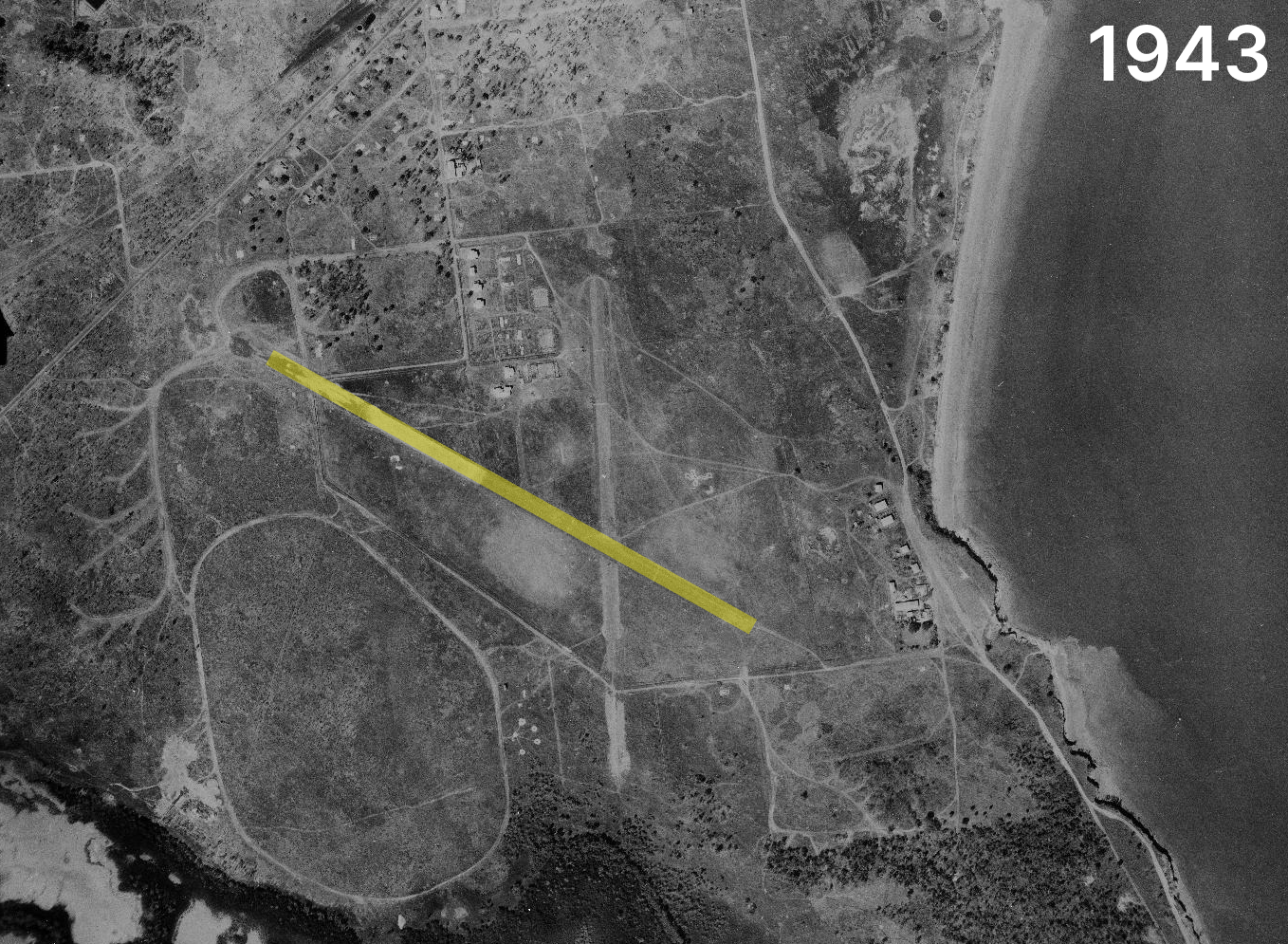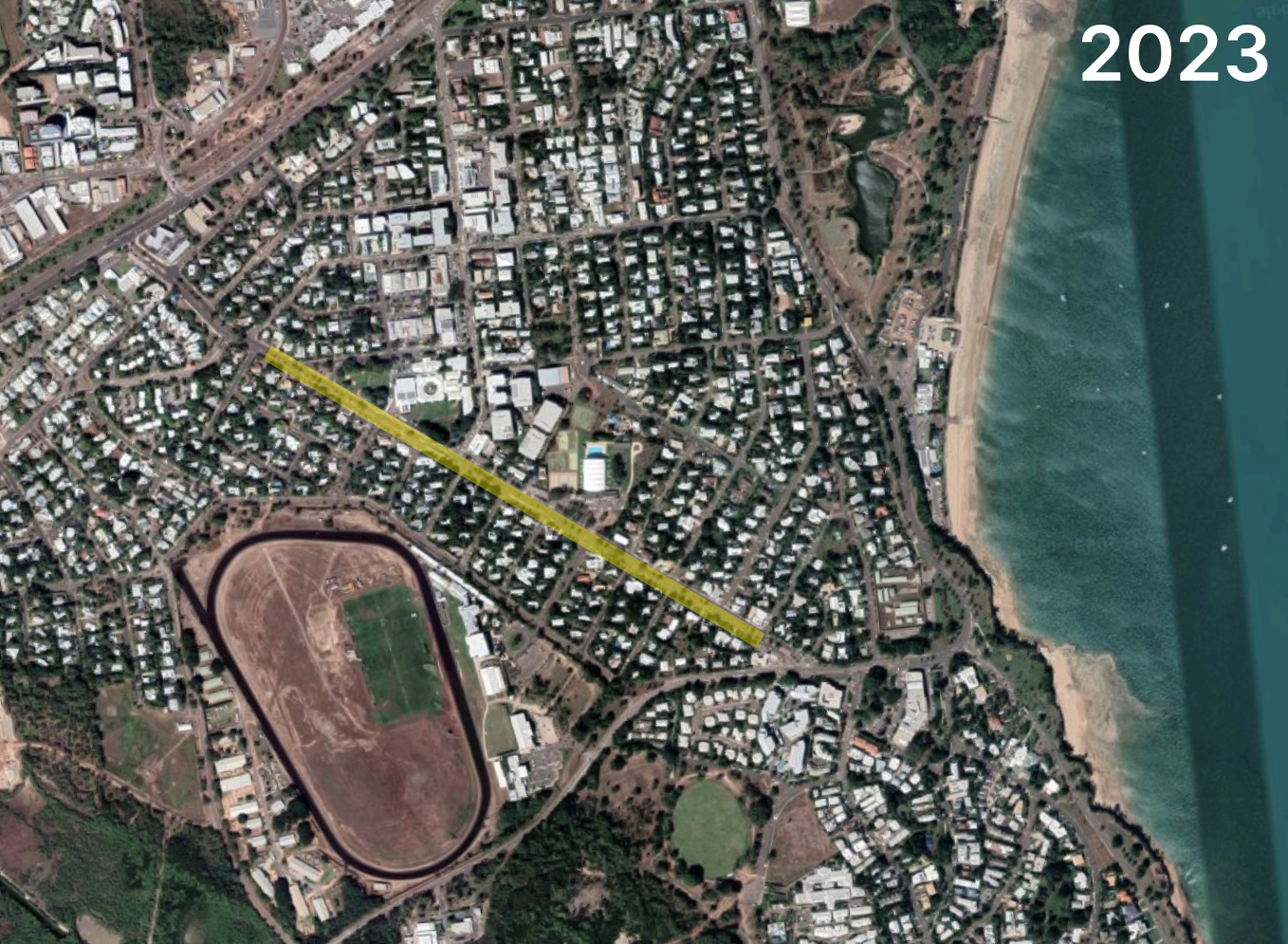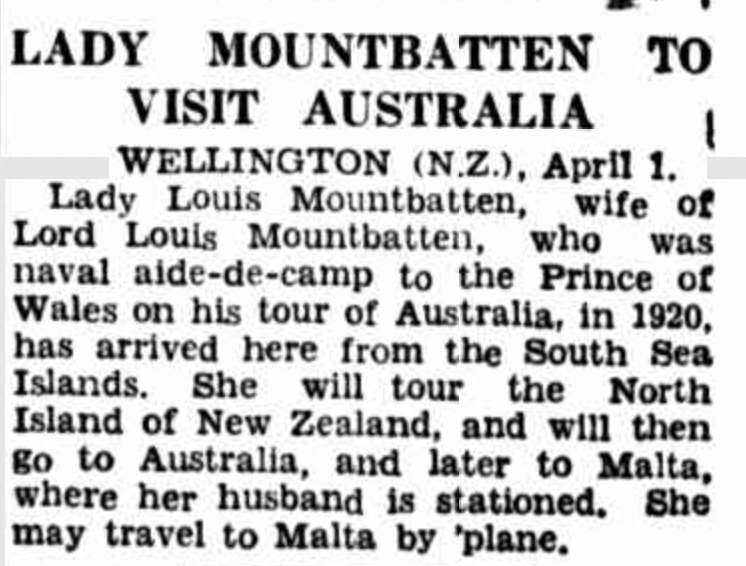TL;DR: Brisbane Airport*
*Depending on what we mean by: “oldest”, and: “international airport”
A simple question that I couldn’t find a satisfying answer to led me down this rabbit hole. In this case, I think that the definition of first is simple enough, but to be oldest the airport has to be continually operating. This lines up with a similar idea for the oldest companies in the world, which states that:
To be listed, a brand or company name must remain operating, either in whole or in part, since inception.
Adding to this, though, is that a lot of these early airports had been operating for 10 or 20 years before they started servicing international flights. At the time, the term “international airport” didn’t really have the same connotations as it did today, and to narrow down the definition to “a commercial airport servicing flights departing to / arriving from outside of Australia” brings the date of the first up about 15 years.
Part of the murkiness is caused by the fact that several airports, airfields, and aerodromes were established in Australia before we’d received an international flight, and the airports etc. involved in the earliest international flights are no longer operating.
Here’s a quick summary. Australia’s:
- oldest (continuously operating) airport is Sydney Airport, established in 1918, but started international services in 1947;
- first international airport is Parap Airfield, which received an international flight from London in 1919; and
- first international passenger flight left from Brisbane in 1935.
We’ll go through these airports, and a couple of other interesting contenders below.
Daly Waters Airfield (1928)
Firstly, let’s get Daly Waters Airfield out of the way. It’s the top Google search result (at least for me) for the question of Australia’s oldest international airport, with its Wikipedia page stating that:
Daly Waters was Australia’s first international airfield.[citation needed]
Not sure about this one. The earliest mentions of it I could find were from around 1927, in letters between the Chairman of the North Australia Commission1 and the Controller of Civil Aviation for the Australian Department of Defense, requesting information on (emphasis added):
establishing air services in North Australia … [for an] extension of the Queensland Services from Camooweal to Daly Waters or alternatively to Katherine.
There is basically no information (again, that I could find) on whether an airfield existed before this exchange. If so, it must have been established before 1919 to beat Sydney Airport and have received an international flight that same year to beat Parap Aerodrome.
Parap Aerodrome (1919)
Parap Aerodrome, at the time just outside of Darwin, was the final destination for Ross and Keith Smith on their winning trip in the 1919 London to Sydney air race2. This appears to be the first internal flight into or out of Australia. Even though the Smith brothers were paid for their troubles (through prize money), it wasn’t a commercial flight as there were no passengers or cargo. Only room for crew on this flight.
The bulk of the available sources (all of which are like pre-SEO-era Darwin tourist websites) contain substantially the same text, without citations. An example is here; they all note that Qantas used Parap Aerodrome as the Australian end of the Timor sea crossing, although the Qantas hangar on site (still there today) appears to have been built later, around 1934.
The ‘NT’ in Qantas represented their ambition to fly overseas via Darwin in the Northern Territory as the main aerial port of entry at the time.
Below is a photo of the airstrip from a 1943 military aerial survey3, showing Parap Aerodrome about 18 months after the first Japanese air raids during WWII. Although it isn’t still an operating airfield, Parap having succumbed to suburban sprawl, the alignment of the main runway is preserved by Ross Smith Avenue that still runs through Parap.

Parap Aerodrome in 1943, main airstrip highlighted yellow. Hover over to show present day.

Ross Smith Avenue in 2023, old airstrip highlighted yellow.
Sydney Airport (1920)
Flights had been taking off in Sydney only a couple of years after the Wright brothers’ first flight, and at Mascot—still the location of Sydney Airport—from at least 1911. The airfield at Mascot was officially opened in 1920 (although the first flight was in 1919), and has continuously operated since then. Sydney Airport actually markets itself as the “world’s oldest continually operating international airport”, but to be clear it hasn’t been operating as an international airport—in the way we’d understand today—that whole time.
While Sydney Airport is one of the ten oldest continuously operating airports in the world, among Australian airports, it hasn’t been operating international flights the longest. In fact, Sydney Airport wasn’t even the first airport in Sydney to offer international services. That honour is reserved for the Rose Bay Water Airport.
Rose Bay Water Airport (1938)
4 August 1938 – Inaugural Empire flying boat service from Rose Bay, Sydney to Singapore. Rose Bay becomes Sydney’s first international airport.
The flying boats offered the first international services out of Sydney, and were the primary international service basically until WWII when they were paused for the war. By the time the war had finished the flying boats had been succeeded by the land-based planes. Seaplanes still run out of Rose Bay today, but only as far as Berowra Waters (about a half hour flight, comfortably within Australia).
Before World War II, flying boats had handled most of the world’s air passenger traffic. They were expected to continue their growth, development and dominance of air passenger transport after the war, however this did not happen as the military on both sides made major advancements in the design and performance of land-based military aircraft during the war years … resulting in a new breed of land-based aircraft being purchased by the world’s airlines which were larger, faster and more economical than the flying boats.
Brisbane Airport (1922)
Brisbane airport was established in 1922, with the first flights taking place that year. In 1928, it was used as the arrival site for the first international flight from the USA to Australia, helmed by Charles Kingford-Smith (namesake of Sydney Airport) in his plane Southern Cross. Soon after, it was the base of the first regular international passenger service in Australia.
On April 17 1935 Qantas operated Australia’s first international passenger flight from Brisbane to Singapore, carrying two paying customers … a major in the Queen’s Coldstream Guards and Lady Mountbatten, a glamourous aristocrat who went on to become the last Vicereine of British India.

Courier Mail, 03/04/1935: Lady Mountbatten may travel by ‘plane from Australia. Source
Summary
So, to wrap up: Of Australia’s airports, Brisbane has been an international airport for the longest, offering passenger services since 1935. Sydney Airport, meanwhile, is Australia’s oldest in continuous operation, though it started offering international passenger services after Brisbane4.
Sources / Further Reading
- Brisbane Airport Corporation – Airport History
- Pocket Oz – Darwin, Old Qantas Hangar
- Pocket Oz – Pocket Guide to Sydney, Rose Bay International Airport
- Qantas Newsroom – Qantas Celebrates 80 Years of International Services
- Qantas – Early Years, 1918-1938
- State Library NSW – Aviation in Australia
-
The Northern Territory was briefly (from 1927 to 1931) split into two parts, North Australia and Central Australia. ↩
-
A more contemporary article can be found here. ↩
-
Sourced from Geoscience Australia’s Historical Aerial Photography Search Application, film no. MAP3202, frame V32. ↩
-
I’m not exactly sure when from, but when I find out I’ll update date it here. ↩